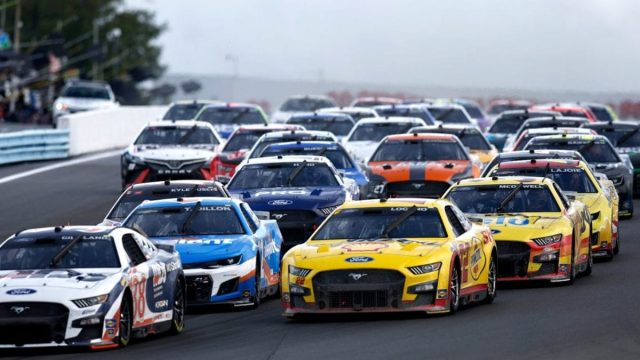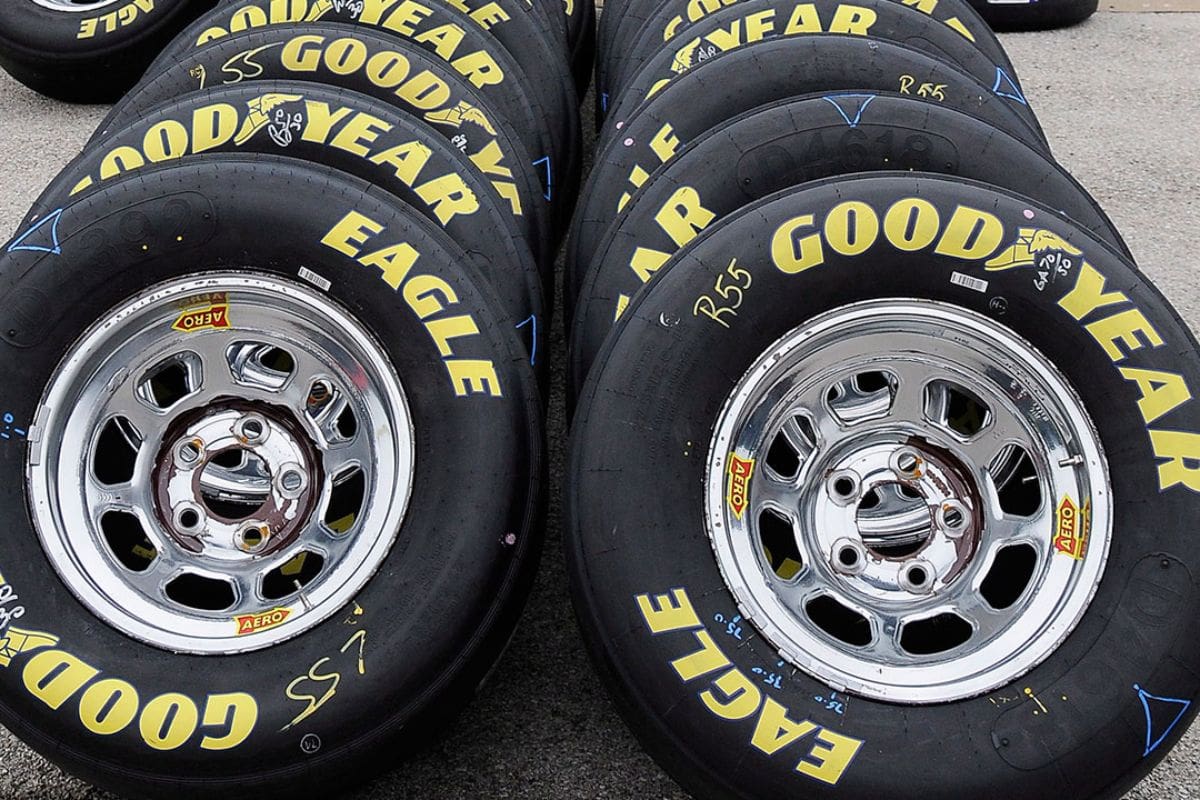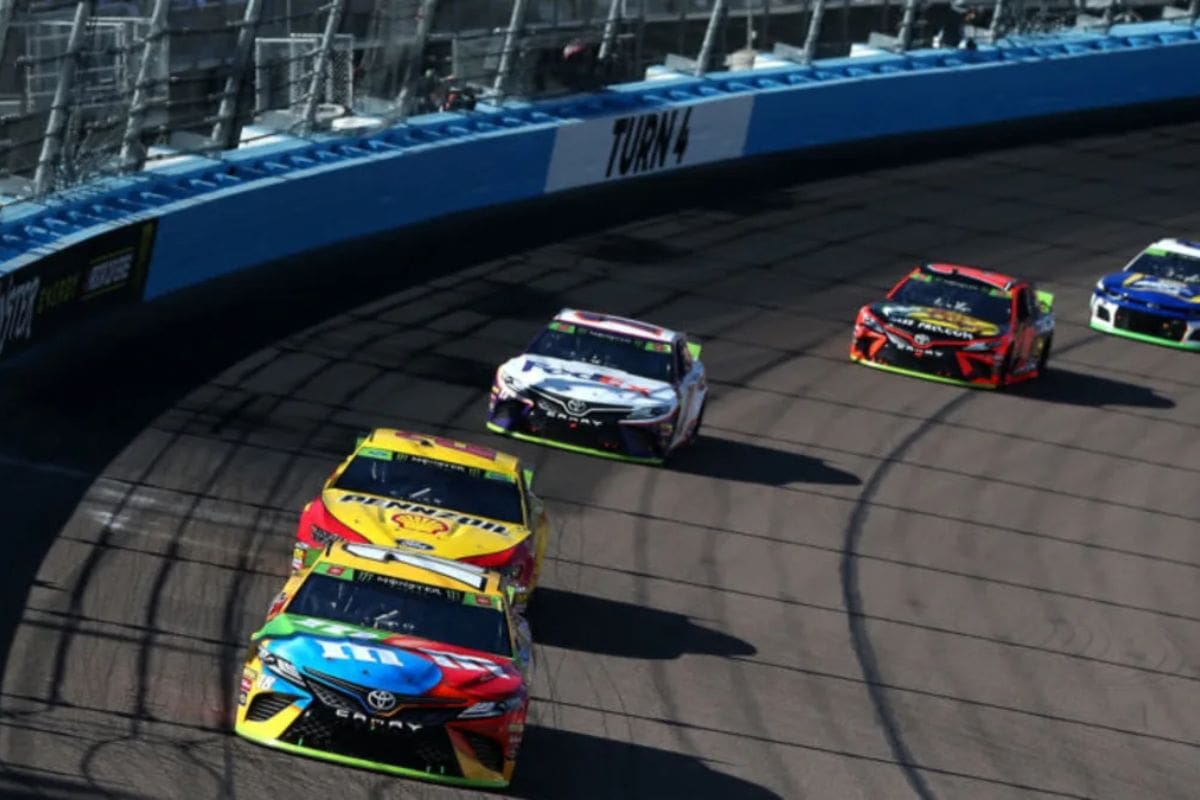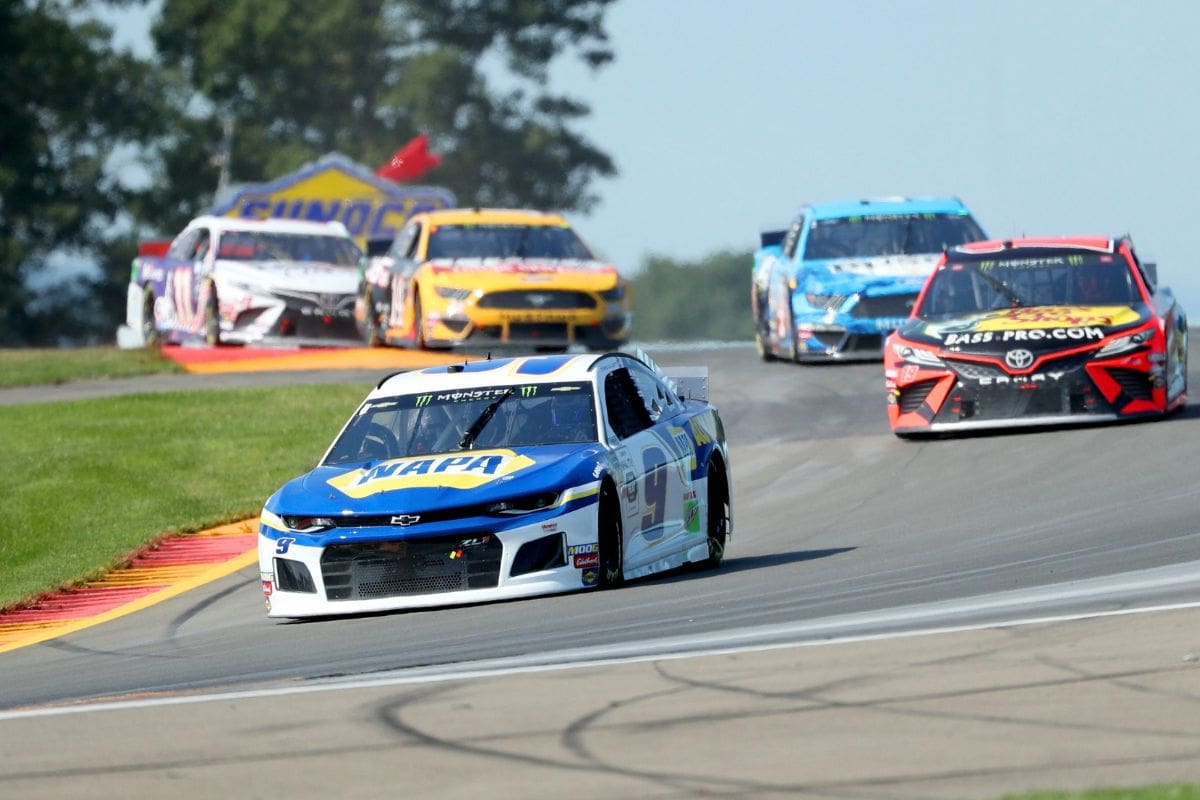Watkins Glen Playoff Race Set for Tire Shake-Up: The impending Watkins Glen playoff race is poised for a groundbreaking shift with Goodyear’s introduction of a new tire compound. This development is set to impact race strategies considerably, particularly given the estimated three-second lap-time drop-off. As teams prepare for the challenges of managing the 18-inch Road Course Radial tire, a balance between aggressive racing and tire conservation will emerge as a central theme. The implications of this tire shake-up extend beyond mere performance metrics, raising questions about how teams will adapt their tactics in this high-stakes environment.
Key Highlights
- Goodyear’s new tire compound introduces a three-second lap-time fall-off, impacting race strategies at Watkins Glen.
- The introduction of an 18-inch Road Course Radial tire aims to enhance grip and durability during the race.
- Drivers will need to manage tire wear effectively, leading to strategic adaptations in pit stop planning.
- Increased overtaking opportunities are expected, creating a more dynamic and competitive racing environment.
- Feedback from recent testing has been largely positive, but teams must recalibrate strategies due to accelerated tire degradation.
Goodyear’s New Tire Compound and Its Impact
Introducing a new tire compound, Goodyear aims to markedly alter the dynamics of the NASCAR Cup Series playoff race at Watkins Glen. This tactical move is poised to improve the competitiveness of the event, as the new tire is projected to induce a considerable three-second lap-time falloff over the course of a run, as reported by motorsports writer Matt Weaver.
Historically, Watkins Glen International has been characterized by its high-speed nature and minimal tire degradation, making it a unique venue within the NASCAR calendar. The introduction of the new tire compound is expected to change this paradigm, introducing a variable that could affect racing strategies and outcomes.
Teams will need to adapt their approaches to pit stops, tire management, and general race strategy, as the anticipated falloff could lead to more frequent pit stops and a reevaluation of tire allocation throughout the race. Drivers will also face the challenge of maintaining peak performance while traversing the evolving grip levels of the new compound.
This development not only highlights Goodyear’s commitment to innovation but also raises the stakes for competitors who must recalibrate their expectations. The heightened tire wear could lead to increased overtaking opportunities and a more dynamic racing environment, potentially improving the spectator experience.
As the playoff race unfolds, the implications of Goodyear’s new tire compound will be closely monitored, marking a crucial moment in the NASCAR Cup Series at Watkins Glen.
Testing and Feedback
The recent testing of Goodyear’s new tire compound at Watkins Glen has provided valuable insights into its performance and implications for the upcoming playoff race. Conducted earlier this summer, this testing has yielded mainly positive feedback from participating drivers.
“Watkins Glen International has traditionally been the superspeedway of road courses for NASCAR Cup cars with high speeds and minimal tire wear. The racing at the Southern Tier, New York track will look dramatically different this year, with the new Goodyear tire producing three seconds of lap-time fall-off over the course of a run.” – WEAVER ON X
However, it has also revealed vital shifts in race strategy that teams must contemplate as they prepare for the specific challenges of this 2.45-mile road course.
Goodyear officially projecting three seconds of falloff on new new compound this weekend at Watkins Glen pic.twitter.com/ysdgjlpWan
— Matt Weaver (@MattWeaverRA) September 10, 2024
Key insights from the testing include:
- Tire Wear: The new compound exhibits notable fall-off, indicating that teams will need to adapt their strategies. This will likely prevent a straightforward back-timing approach based solely on fuel windows.
- Tire Management: Effective management of tire performance will become essential as the race progresses. Teams may need to recalibrate their pit strategies to account for accelerated wear and the potential for tire degradation.
- Strategic Adaptation: The feedback suggests that teams must consider a more dynamic approach to race planning, integrating tire performance into their decision-making processes to maintain competitive positioning throughout the race.
The insights gathered from the testing phase will be instrumental in shaping how teams prepare and execute their plans on race day, ultimately influencing the outcome in this vital playoff setting.
Expected Race Dynamics
Anticipated dynamics for the Watkins Glen playoff race will be significantly influenced by the newly tested tire compound, particularly its pronounced three-second fall-off per lap. This vital tire degradation is expected to create a more competitive atmosphere, as drivers navigate the complexities of tire management over the course of the race.
Goodyear’s director of racing, Greg Stucker, emphasizes that the fall-off will likely lead to increased passing opportunities, an essential factor on road courses where passing zones are inherently limited.
“That, of course, can mean more passing throughout the race.”
“It’s always tricky on road courses as drivers take advantage of a limited number of ‘passing zones,’ so the increased fall-off should lead to more comers and goers as some drivers manage their tires and gain on the field as the run goes on.” – Stucker
As drivers grapple with the diminishing performance of their tires, the race will evolve into a tactical battle. Those who adeptly manage their tire wear will gain an advantage as the run progresses, potentially allowing them to close in on competitors who may be struggling to maintain pace.
Stucker’s insights suggest that the dynamics of this race could illustrate a variety of racing styles, with some drivers opting for aggressive early pushes to gain position, while others may adopt a conservative approach, conserving their tires for a stronger finish.
Altogether, the anticipated tire degradation is set to reshape the competitive landscape of the Watkins Glen playoff race, resulting in a dynamic and unpredictable event that could redefine how drivers approach road course racing.
Tire Specifications and Watkins Glen’s Playoff Debut
Watkins Glen’s inaugural playoff race brings a new set of tire specifications that will play an important role in shaping the competition.
This race marks a significant turning point in the NASCAR calendar as teams adapt to the unique demands of The Glen. The introduction of an 18-inch Road Course Radial tire with a circumference of 2275 mm signifies a remarkable shift in performance parameters, especially as teams prepare for the 90-lap challenge.
Key specifications include:
- Minimum Recommended Inflation:
- Left Front: 26 psi
- Right Front: 24 psi
- Left and Right Rears: 21 psi
These inflation guidelines are critical for optimizing grip and handling on Watkins Glen’s diverse corners and elevation changes.
The tire’s design aims to improve durability while maintaining competitive speed, which could be vital in the playoff context.
The summer test highlighted significant team-driver combinations that will influence tire strategy and performance during the race. Participants included:
- Joey Logano and the No. 22 Team Penske Ford
- Tyler Reddick and the No. 45 23XI Racing Toyota
- Daniel Suarez in the No. 99 Trackhouse Racing Chevrolet
As teams strategize around these tire specifications, understanding the interplay between tire performance and track conditions will be necessary for success in this historic playoff debut.
News in Brief: Watkins Glen Playoff Race Set for Tire Shake-Up
The introduction of Goodyear’s new tire compound for the Watkins Glen playoff race considerably alters racing dynamics. With a projected three-second lap-time fall-off, teams face challenges in tire management and tactical pit stops. The improved durability and speed of the 18-inch Road Course Radial tire are expected to create increased overtaking opportunities and intensify strategic battles among drivers. This development marks a crucial moment in the race, emphasizing the essential balance between aggression and tire conservation.
ALSO READ: Goodyear’s Unique Tire Test at Watkins Glen Ends With Driver Spins



